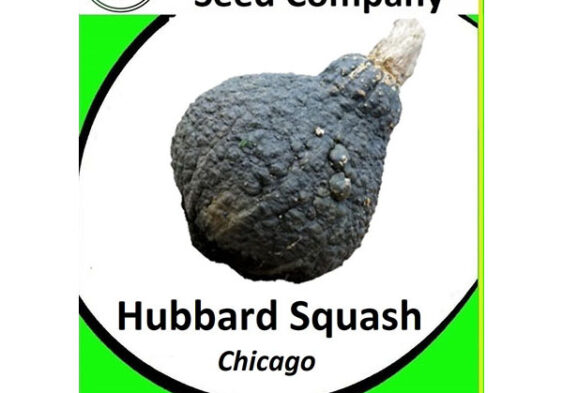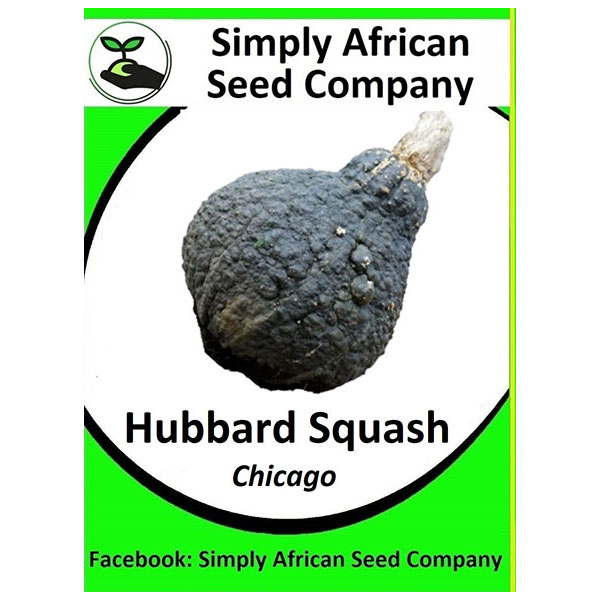HomeSquash Hubbard Chicago Seeds


139 in stock
R26.00
The hubbard squash has an extremely hard outer shell and can, therefore, be stored for long periods of time — up to six months. The green to the gray-blue shell isn’t edible but the orange flesh inside is delicious and nutritious. Consistently sweet, hubbard squash has virtually no fat and is low in sodium. A […]
The hubbard squash has an extremely hard outer shell and can, therefore, be stored for long periods of time — up to six months. The green to the gray-blue shell isn’t edible but the orange flesh inside is delicious and nutritious. Consistently sweet, hubbard squash has virtually no fat and is low in sodium. A cup of this squash has 120 calories, a good amount of dietary fiber, and vitamins A and C. Hubbard squash can be substituted for most other winter squash and is great for cooking or baking whether peeled and boiled, roasted, steamed, sautéed, or pureed. The easiest method, because of that tough outer layer, is to cut in half, de-seed, and rub the cut side with a bit of olive oil, and then roast cut side down in the oven. The result can be pureed for soups or stuffed inside ravioli. You can also peel the hubbard squash and cut it up, of course, but this method is quite difficult because of that thick hull.
When growing hubbard squash, seeds should be sown in the spring in an area that receives lots of sun and plenty of space for the long vines. You will need to maintain adequate moisture for the growing hubbard squash and a bit of patience as it requires 100-120 days to mature, likely at the end of the summer. Seeds saved from the Hubbard are quite resilient and can be saved for future planting. (gardening-know-how)

Every seed variety undergoes organic cultivation and self-testing on our South African, Botswanan, Zambian, and Tanzanian farms. Our commitment lies in offering a diverse selection of organically grown, open-pollinated, Non-GMO seeds, proudly produced and acclimated locally. Before planting, please verify the conditions in your area suitable for the specific seed type. Growth rates and germination times hinge on various factors like soil conditions, rainfall/watering patterns, climate, and more. The outcome of growth and harvest may be influenced by these conditions.